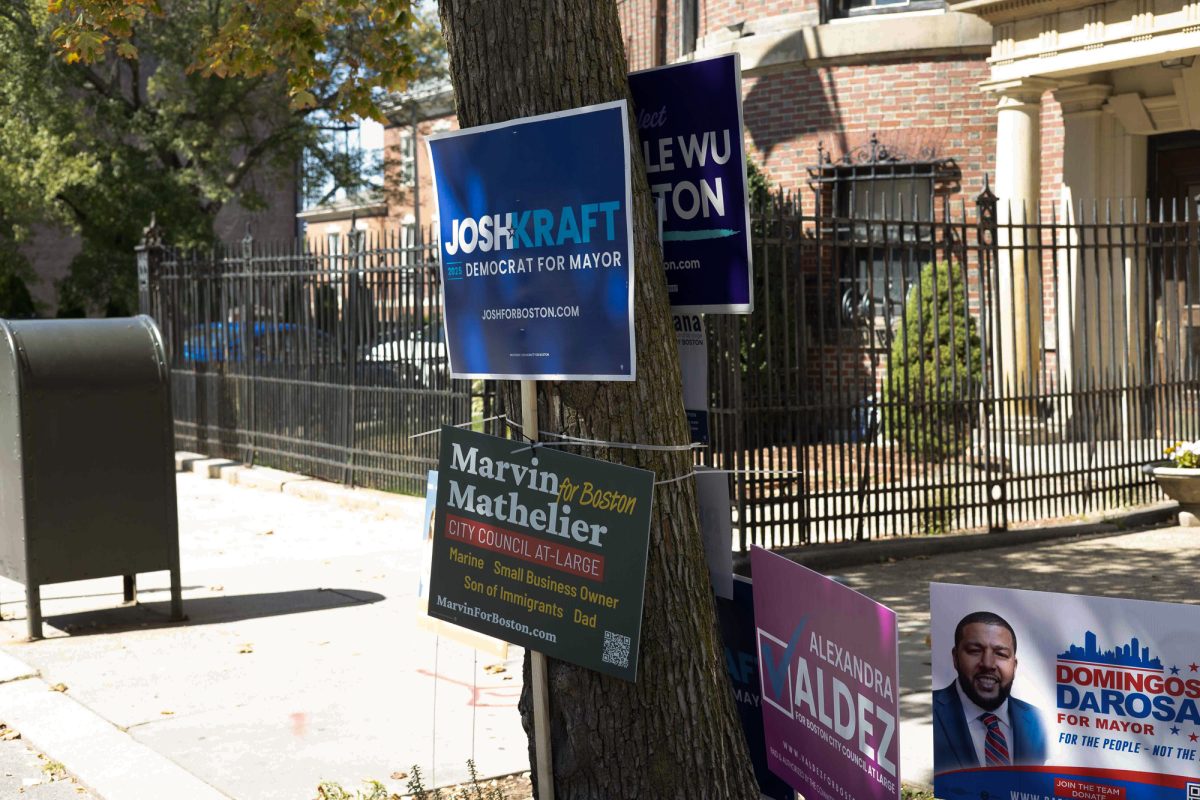The monthly Current Population Survey from the U.S. Department of Labor released Friday showed unemployment is steadily increasing. Conversely, the Federal Reserve District’s beige book released on Sept. 4 said the Northeast has shown economic growth in almost all sectors.
“The number of new jobs is a lot less than what people were hoping for,” said Johannes Schmieder, assistant professor of economics at Boston University. “A lot of it is just people just getting discouraged. It’s been a very slow recovery [from the recession], and it’s not totally benefitting the job market at this point.”
The CPS survey, which is based on roughly 60,000 household surveys nationally, found the unemployment rate for the Commonwealth to be 7.2 percent, the highest rate since September 2011. In the past several months, Massachusetts has seen the most dramatic rise in the unemployment rate since the beginning of the recession in 2008, according to US Bureau of Labor Statistics released on Friday.
Employment has gone down in recent months, but the active labor force is at its highest point in more than a decade, according to CPS data.
Gary Steinberg, spokesman for the Bureau of Labor Statistics, said while the numbers have some flaws, labor statistics have gone through a bigger shift in the past few years beyond the total number of those employed or unemployed.
“As the population ages a lot, more people are going to be unemployed, and that definitely drags down the [unemployment] numbers,” he said. “Younger people are not participating in the workforce as they used to, though. People are working longer into their lifespans, but younger people are still not entering the workforce.”
The economy as a whole is less ambiguous for the northeast, according the Sept. 4 report from the Federal Reserve. The Fed’s first district is headquartered in Boston but also serves Connecticut, Maine, New Hampshire, Rhode Island and Vermont. It reported “modest” growth for the whole economy.
Retail and tourism contacts in Boston reported a four-to-five percent increase in businesses year to year. Manufacturing contacts reported overall increases as well, according to the beige book.
The Fed’s findings also showed both commercial and residential real estate in Boston are making steady recoveries as industries. Staffing services showed even larger growth.
Software and information technology services was the only category with a negative report in the beige book for the Boston area. Contacts still reported revenue growth, but it was lower than expected for the month.
The two reports together show labor and service markets conflicted with each other, Schmeider said.
Russell Baldwin, 66, a retired mailman who lives in Boston, said the work environment he left has changed. Workers he knows personally feel they are worked harder for the same wages they earned decades ago.
“People just can’t live the same as they used to, not with them needing their jobs as much as they do now,” he said. “More and more people are out of work, so bosses can make their workers do more and more, and they can’t risk their jobs to say no. So I can understand we’re getting more done, but the cost on people is getting higher.”
















































































































